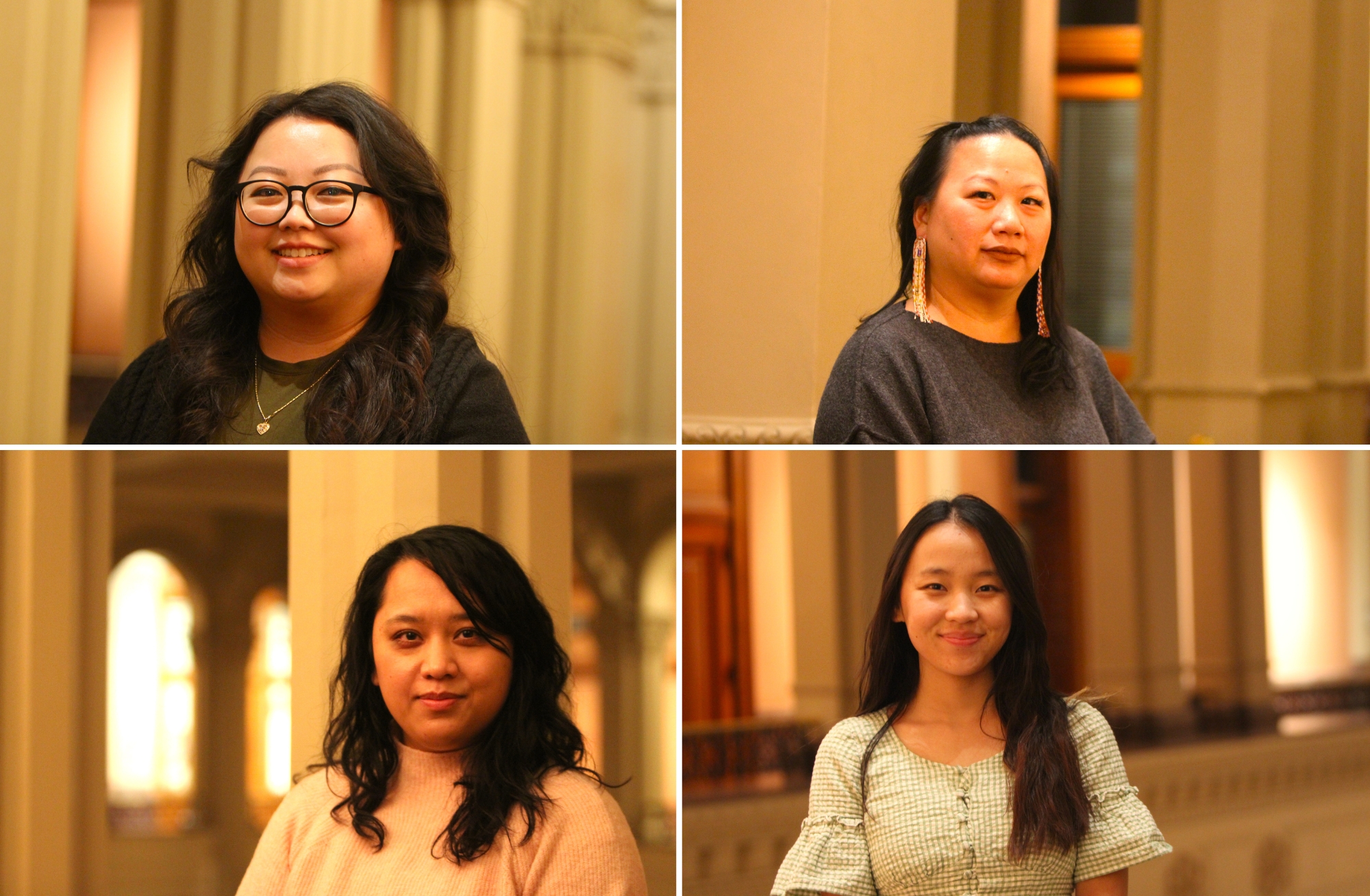Hmong Fellows

Ramsey County Historical Society and the Center for Hmong Studies are proud to announce the Hmong Fellowship program designed to preserve the Hmong heritage and culture along with inspire future generations of Hmong Americans to know more about their ancestry.
The two organizations put out a call in the fall of 2024 and pulled from a large pool of candidates to find four fellows for the program.
Linda Lor created a website to feature Hmong-produced videos. The website features searchable functions for director, production studio, actors, year, where people can access these films, etc. She modeled the website to IMDB. Lor interviewed heads of production studios to find the stories of how Hmong films have changed and evolved over the years. She also learned how to preserve physical items, such as VHS tapes, DVDs, and where these files currently live.
KaoLee Vang developed a preservation tool kit to share with the community. She had a need to preserve items that her family carried with them when immigrating to the United States; the items were not stored properly, and Vang worked with RCHS’ Director of Collections and Exhibitions to learn how to store and care for these items. These tool kits will eventually be available for purchase and will be a resource for people to better preserve items.
Wone Vang centered her fellowship around Hmong folklore, dab neeg, that caters to stories passed down from generation to generation. For many generations, the Hmong did not have access to education or ways to record stories so stories changed and shifted over the years. Vang also found that many of the Hmong stories have been interpreted by White people, and she felt it was important to have the Hmong people tell their own stories. She had her mother record the stories into a recorder, using knowledge from workshop teachers Chris Koza and Kevin Yang, and designed some shadow puppets to retell the folk tales. She recorded the puppet shows for posterity, but the puppets and audio recording will be circulated to schools and libraries after the fellowship.
Kalia Vue researched on the diaspora and progression of the Hmong culture. Using skills from workshop teacher Andrea Swensson, she interviewed over ten people to talk about their experiences in Hmong diaspora. Vue created panels—that can be loaned to galleries, exhibits, or educational spaces after the fellowship—and that told how culture points such as food, clothing, music, dance, embroidery (pab ntaub), have changed and tell new stories.
This fellowship was made possible in part by the people of Minnesota through a grant funded by an appropriation to the Minnesota Historical Society from the Minnesota Arts and Cultural Heritage Fund.